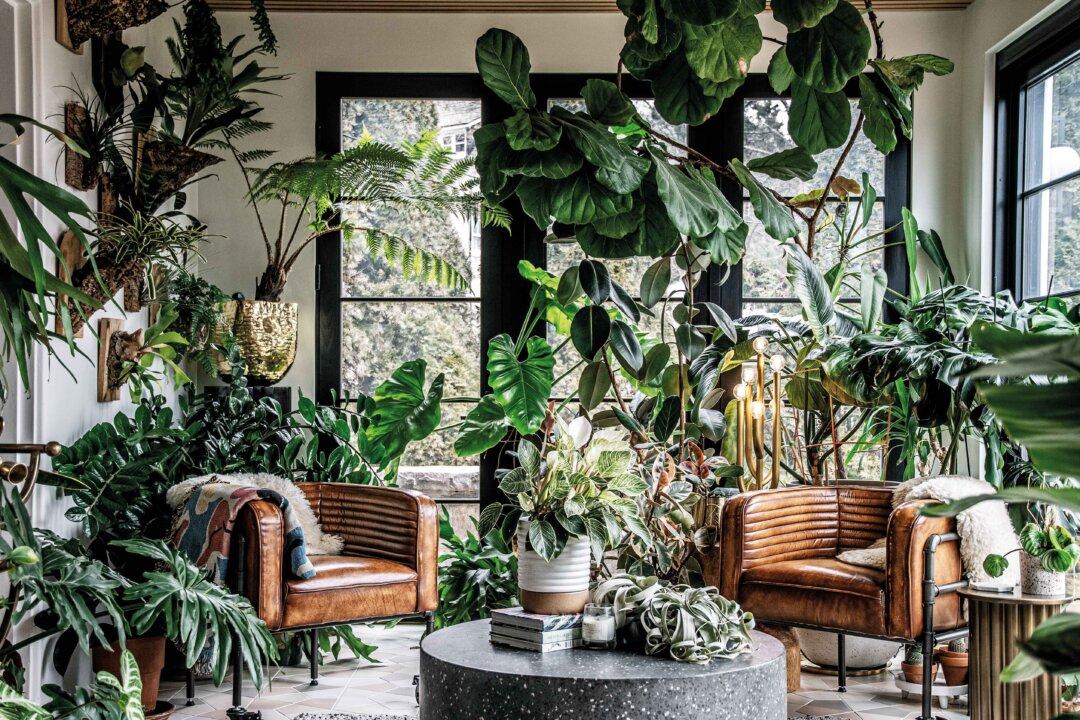It started with Frank. Frank the fiddle-leaf fig, that is.
When Hilton Carter bought—and then named—his first houseplant in 2014, he didn’t know it was the start of a life-changing journey into indoor greenery. Now, Frank is the ceiling-brushing star of Carter’s Baltimore home of 300-some plants, and Carter, a fine artist and filmmaker by training, has fully embraced plants as his palette.






